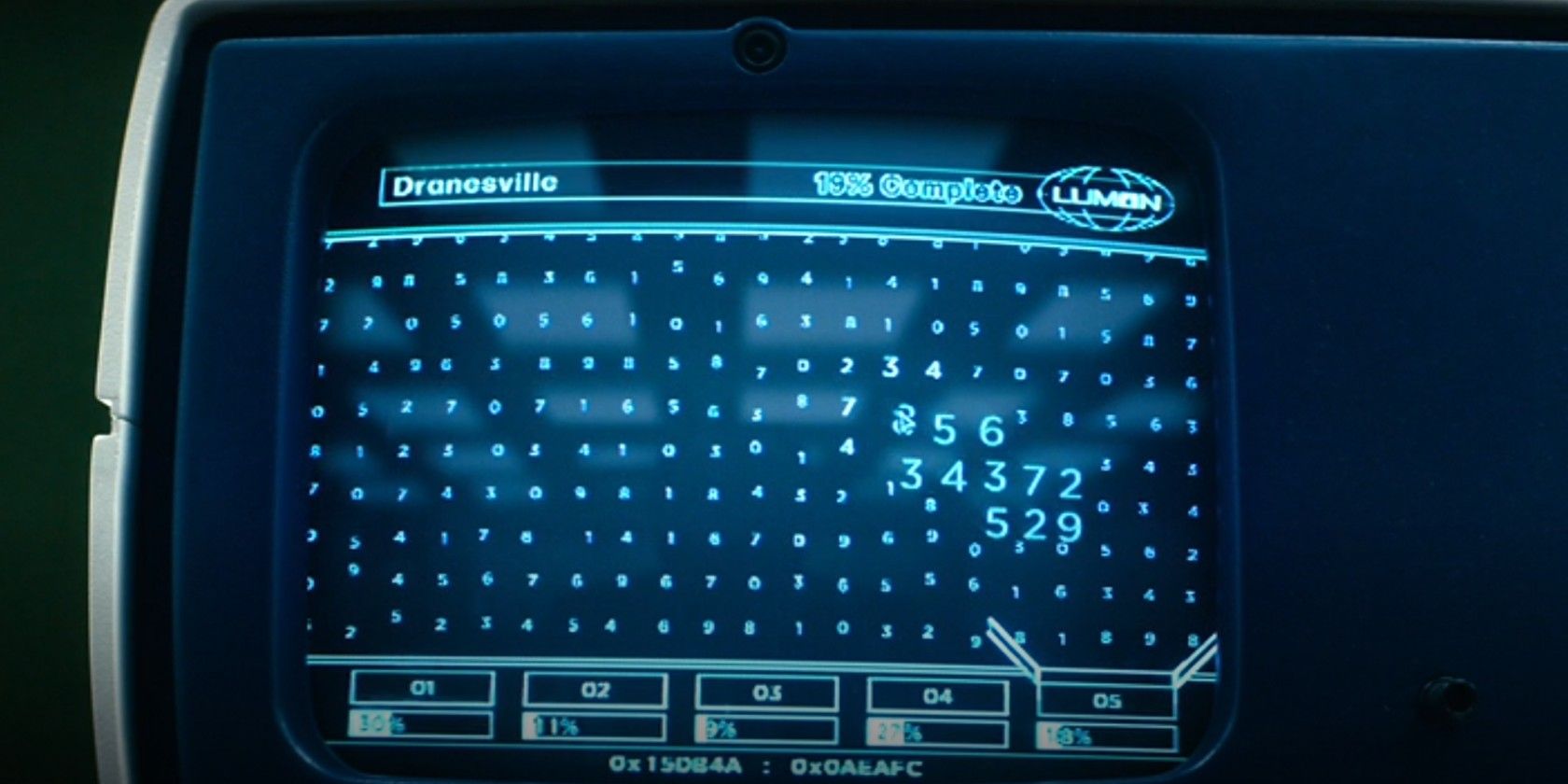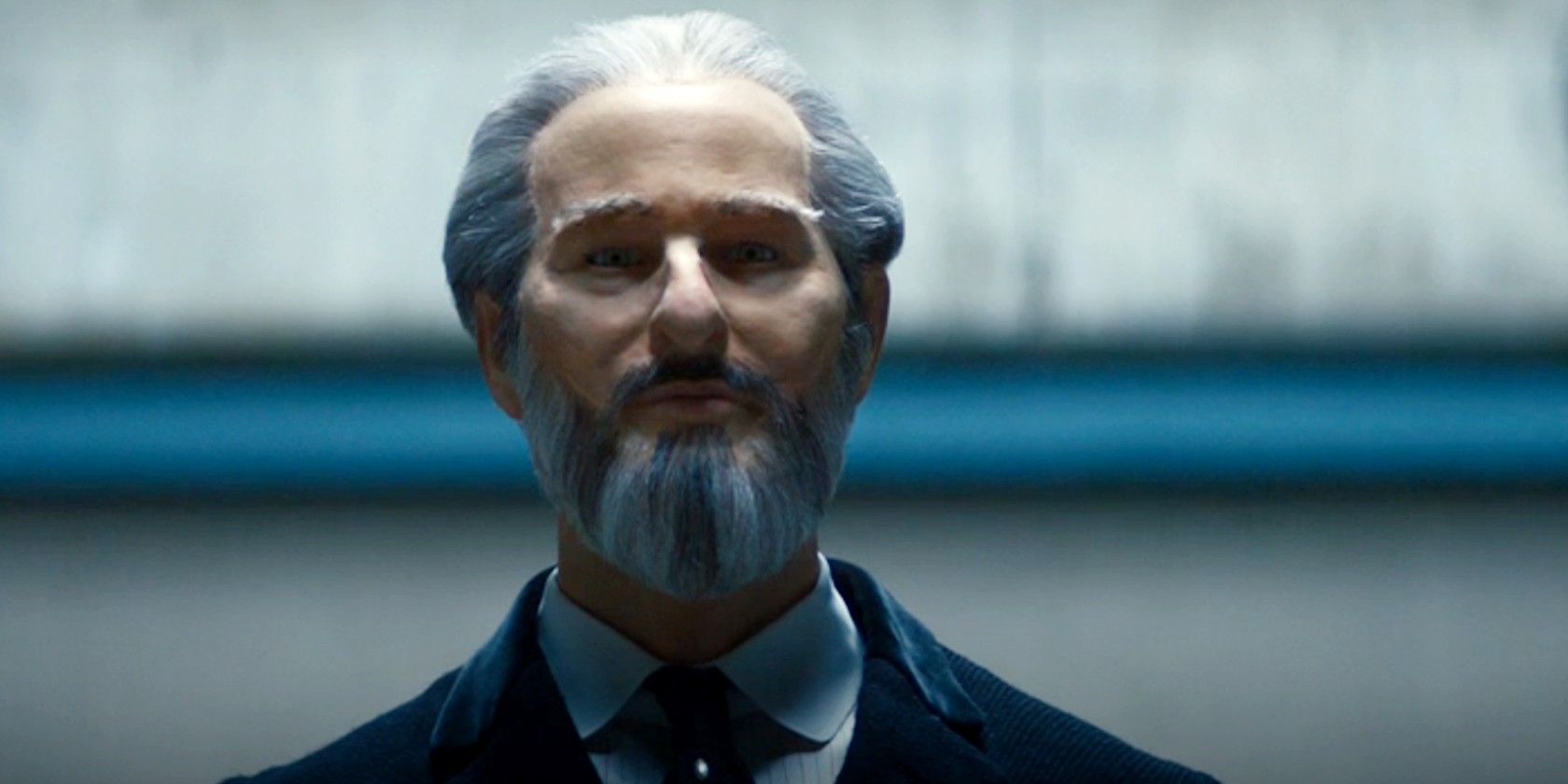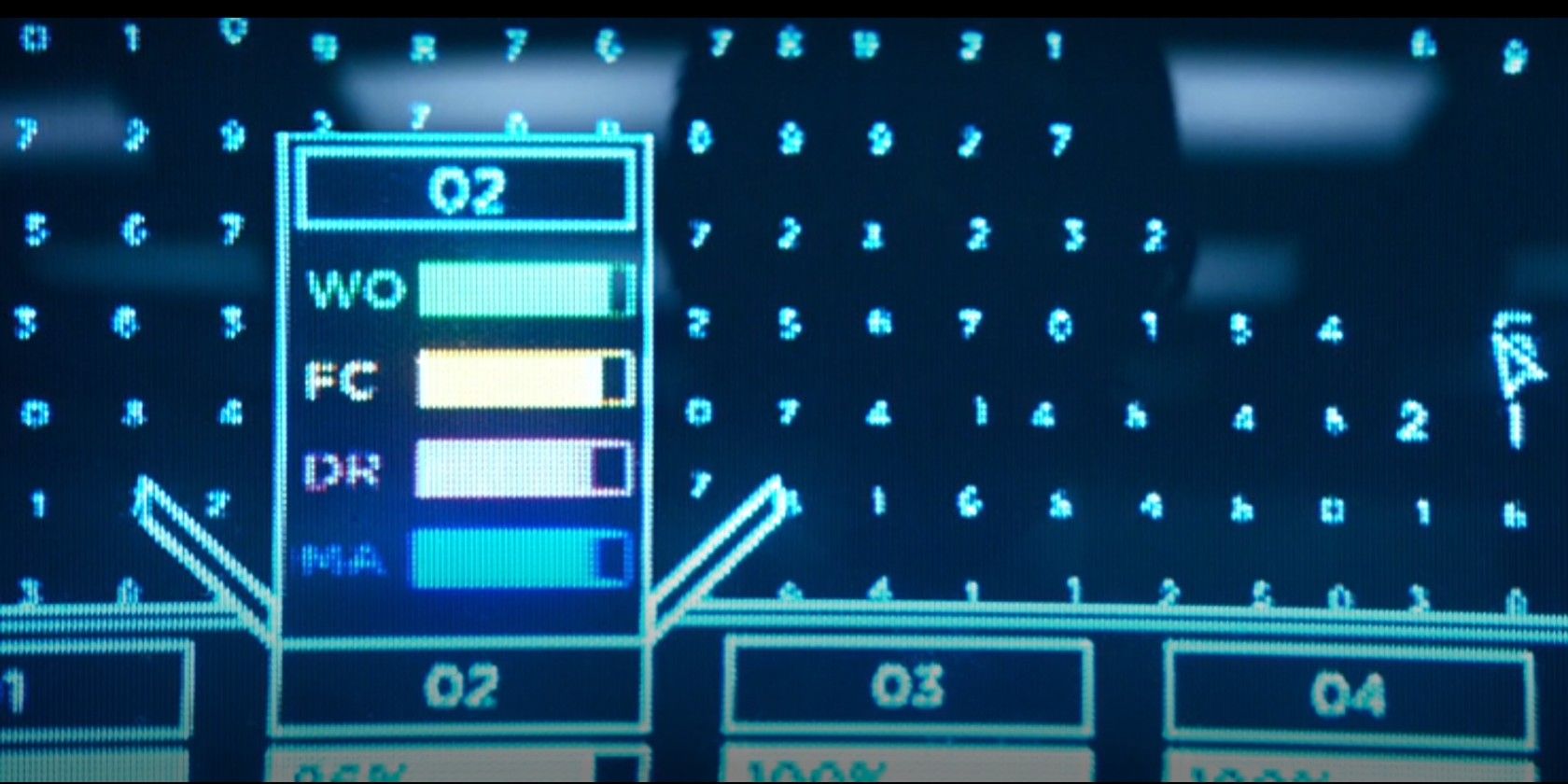Warning: this article contains SPOILERS for Severance.It remains a mystery what the numbers in Severance really mean, but there's a genius theory providing a convincing answer. Severance follows Mark Scout (Adam Scott) and the members of the Macrodata Refinement department at the massive Lumon company. Everyone working in Macrodata Refinement has gone through a controversial process known as Severance, in which an individual's memories are surgically divided between their work life and their personal life, theoretically creating the optimal work-life balance. Severed employees have an "innie" self for the office and an "outie" self for home, with the outie self retaining their life memories. Save for passing legislation to nationalize the Severance procedure, the show doesn't reveal much else about what Lumon Industries actually does.
Only Lumon's basement departments are severed, thus ensuring that employees working in those departments don't remember information about what they do outside of work. However, even inside, they're not told what they do. While no one in Severance knows what Lumon does, Mark's outie tells friends in episode 1, "Good News About Hell," that he's in the "corporate archives division." Knowing how manipulative Lumon is towards its employees, the corporate archives explanation isn't an irrefutable truth, especially considering the fact that Mark's innie isn't privy either to Lumon's secrets. Therefore, it's still not clear what Mark actually does or what the numbers all mean. The numbers are never explained, even until the Severance season 1 ending.
One theory [via Reddit] proposes that the Macrodata Refinement department isn't archiving data but rather performing machine learning with the numbers. Machine learning is the process of giving computers varied data and stimuli to improve its computing experience. Over time, machine learning allows a computer to produce better output data with the more input data it receives. For example, Apple's Siri will gradually improve with more repeated exposure to the user's voice. The machine learning theory suggests that the real data Lumon is interested in aren't the numbers themselves, but how the employees classify them. What makes this theory more interesting is that it actually fits with how Lumon employees' memories are split once they enter the basement for work. If the work is dependent on how Macrodata classifies numbers, it makes sense for Lumon to prevent employees' input from being corrupted by non-work-related memories.
What's Known About Severance's Numbers
The meaning behind the numbers is completely unknown to Severance's main characters. They can detect the numbers based on no prior understanding of their relevance, but they still try to reconcile the mystery by coming up with theories about what the number classification is accomplishing. Arguing that their outies must have gone through Lumon's Severance process for an apocalyptic reason, Dylan (Zach Cherry) tells Helly (Britt Lower) in Severance episode 2, "Half Loop," that grouping the numbers might be preparing humanity to live in the sea. Meanwhile, Dylan says that Irv (John Turturro) thinks they're "cutting swear words out of movies" with the number sorting.
Despite their best hypotheses, all the employees know is that they must sort the numbers based on feeling. Indeed, Severance's nightmare scenario of a dull, meaningless work routine is hammered home by indicating that grouping these numbers is all that this job entails. Mark tells Helly in episode 2 that some numbers look "scary," and that the triggers for this scary feeling will be unique to each worker. However, episode 3, "In Perpetuity" reveals that sometimes the numbers actually evoke a comfortable feeling. The worker recognizes the appropriate numbers in a matrix-like fashion and drags them to folders labeled "01, 02, 03," and so on until "05," all with progress bars underneath. The employees have quotas to meet these numbers. Their rewards for reaching quotas include quarterly waffle parties and finger traps.
What Are The Four Tempers?
Lumon contains a Perpetuity Wing, a museum celebrating the CEOs and the company mission that includes an exact replica of Lumon Industries founder Kier Eagan's house and a room of smile photographs displaying the apparent joy the company provides to the public. Spoken through a recording emanating from a Kier Eagan figurine, the four "tempers" are introduced as "Woe, Frolic, Dread [and] Malice." Eagan elaborates that "each man's character is defined by the precise ratio" of these tempers "that resides in him." Controlling these tempers is the center of Eagan's philosophy.
An employee's personality traits and work ethic are highly valued by Lumon. One such example presenting this is how its basement departments seem to be grouped by employee virtues - what those virtues are is up for debate. For example, Dylan says that "Macrodatas are clever and true," while Optics and Design (another Lumon department) is more "cruelty-centered," which his coworkers immediately question. The four tempers seem to be a more overarching way of classifying people. While it's commonplace for companies to have specific values and mission statements, Lumon's four tempers go a step beyond this idea. Their numbers, in fact, might be a clue to how important the four tempers are.
Are Severance's Numbers The Four Tempers?
Looking closely at Mark's computer screen in episode 1, a table pops up out of the folder he inputs numbers in that shows four progress bar categories: "WO, FC, DR, MA." It appears that they stand for the four tempers: WO is Woe, FC is frolic, and so on. Considering the machine learning theory, the numbers might be the four tempers somehow encoded as data. Once classified, the data may teach Lumon's systems what provokes the four tempers in people. Apart from Macrodata's numbers, the shocking Waffle Party in Severance provided more context about the four tempers (but also raised even more questions). In any case, it's clear that the numbers represent Kier's tempers. This supports the idea that how the employees classify the numbers – and not the numbers themselves – is why Lumon needs Macrodata Refiners.
What The Numbers Say About The Employees (And Why Lumon Cares)
Kier Eagan talks about balancing and controlling the four tempers, and it's possible that Lumon is developing methods to create more optimal employees based on this philosophy. Potentially, the numbers affect the employees differently. For example, a number set that prompts Dread in Helly may be meaningless to Mark. Otherwise, the numbers express the four tempers empirically, which means that the tempers can be manifested concretely.
It still remains a concerning mystery why the employees need to be severed for this job, and why the two Severance characters who aren't Severed are the ones in positions of authority. It's possible that severance provides a kind of uninterrupted way of recognizing the tempers in oneself, thus facilitating the number classification. Irv mentions how history influences one's identity, and how being severed leaves one without a history until they begin working and learn about Lumon. Severed employees start their job in a tabula rasa state – they're a blank slate with no context for who they are. Severance's secrets run darker, and the idea that so much of a seemingly meaningless job is hidden from the employees only further exemplifies this.
Why Meaningless Numbers Would Make Severance The Most Disturbing Gen-Z Office Satire
Severance could never reveal what the numbers really mean as keeping their true meaning a mystery would be more consistent with the show's overarching critique of modern capitalism. Indeed, all of Severance's biggest unanswered questions and mysteries point to one thing: worker alienation, the complete loss of independence of a worker who exists solely as a cog in a machine. Macrodata Refinement's "mysterious and important" work is reminiscent of Google's approach to its algorithm: no one employee has the whole picture, and the show is ultimately about conditioning people to unquestioningly and zealously complete tasks they know nothing about.
Sacrificing 8 hours of conscious thought just to process numbers that mean nothing – potentially to help a company understand how its employees process emotions and elicit further control – is a cycle that reflects the extreme over-reliance on data under harsh and overbearing conditions. It'd almost be more powerful for the overall purpose not to be sinister or apocalyptic. Instead, the employees could be enduring this treatment with the sole aim of generating further efficiency, which is even more disturbing and Kafkaesque. Severance is already one of the best sci-fi shows of 2022, but it can go further if some of Lumon's secrets remain hidden. That said, viewers will be expecting more answers to these mysteries in Severance season 2. Hopefully, the second season can do justice to the unexplained mysteries set up by the most underrated dark workplace comedy of this decade.






